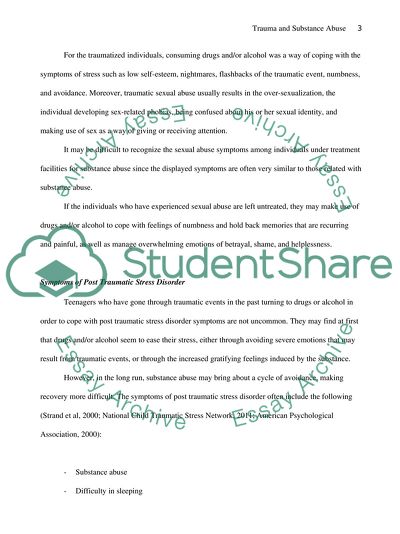Cite this document
(Trauma Results in Stress: Drug and Alcohol Abuse Research Paper, n.d.)
Trauma Results in Stress: Drug and Alcohol Abuse Research Paper. https://studentshare.org/medical-science/1750187-substance-abuse-and-trauma
Trauma Results in Stress: Drug and Alcohol Abuse Research Paper. https://studentshare.org/medical-science/1750187-substance-abuse-and-trauma
(Trauma Results in Stress: Drug and Alcohol Abuse Research Paper)
Trauma Results in Stress: Drug and Alcohol Abuse Research Paper. https://studentshare.org/medical-science/1750187-substance-abuse-and-trauma.
Trauma Results in Stress: Drug and Alcohol Abuse Research Paper. https://studentshare.org/medical-science/1750187-substance-abuse-and-trauma.
“Trauma Results in Stress: Drug and Alcohol Abuse Research Paper”. https://studentshare.org/medical-science/1750187-substance-abuse-and-trauma.


